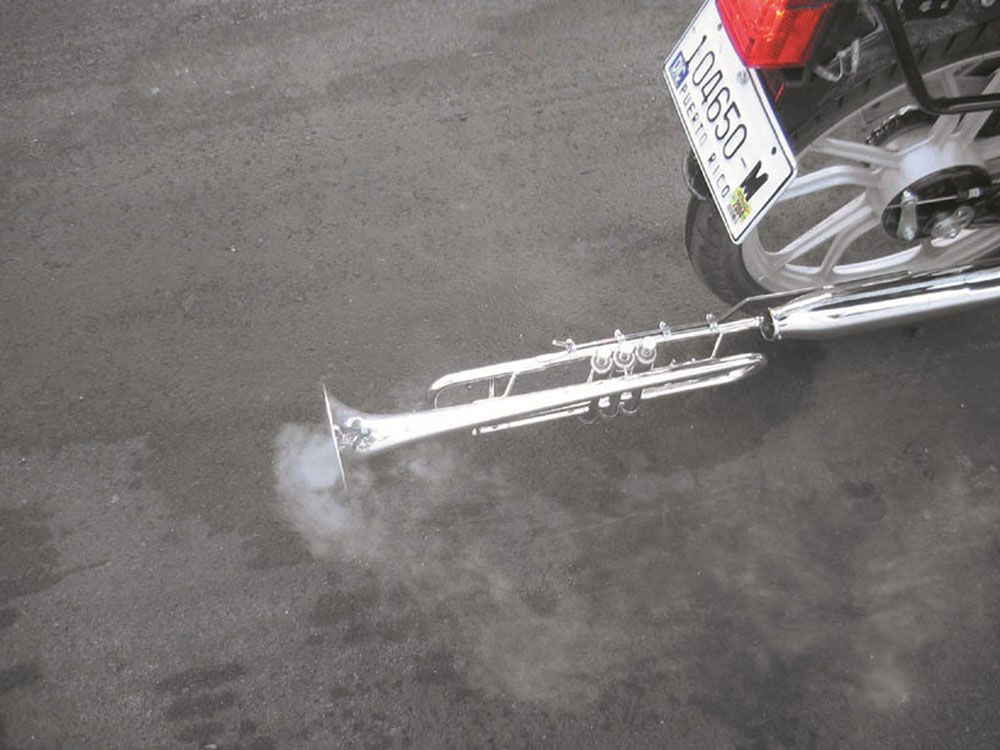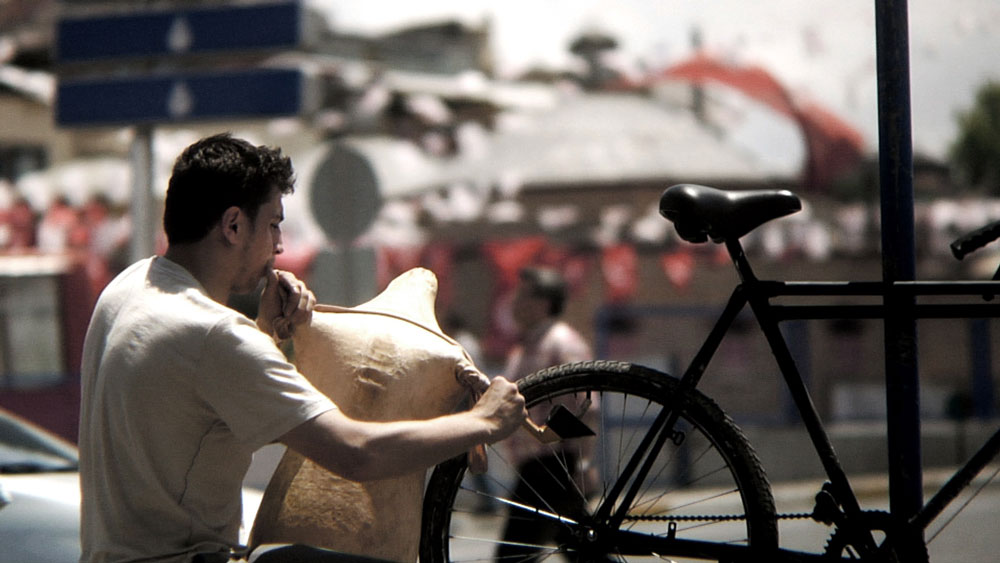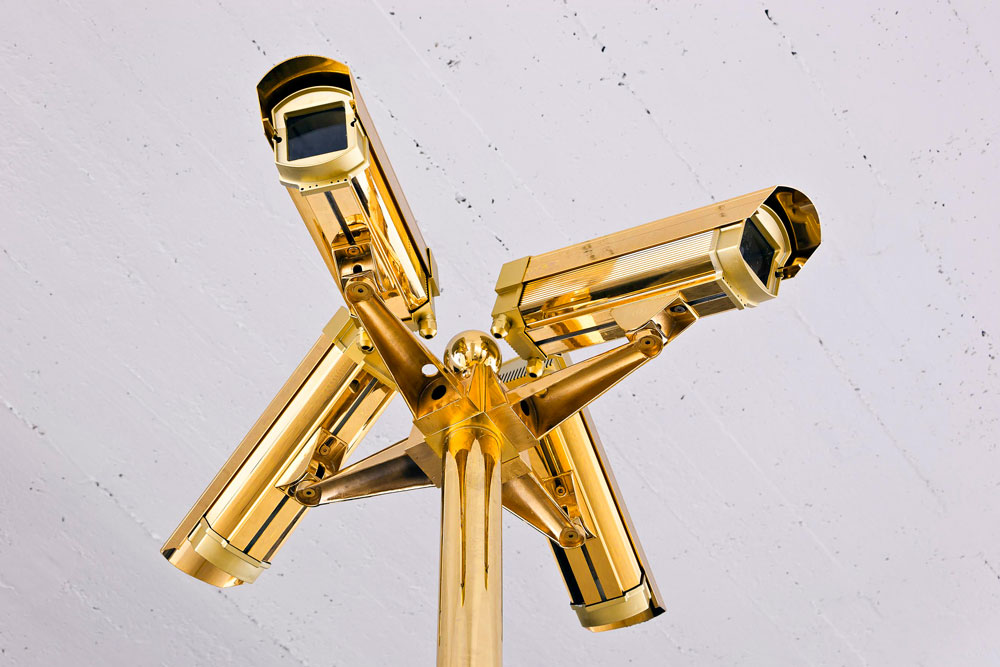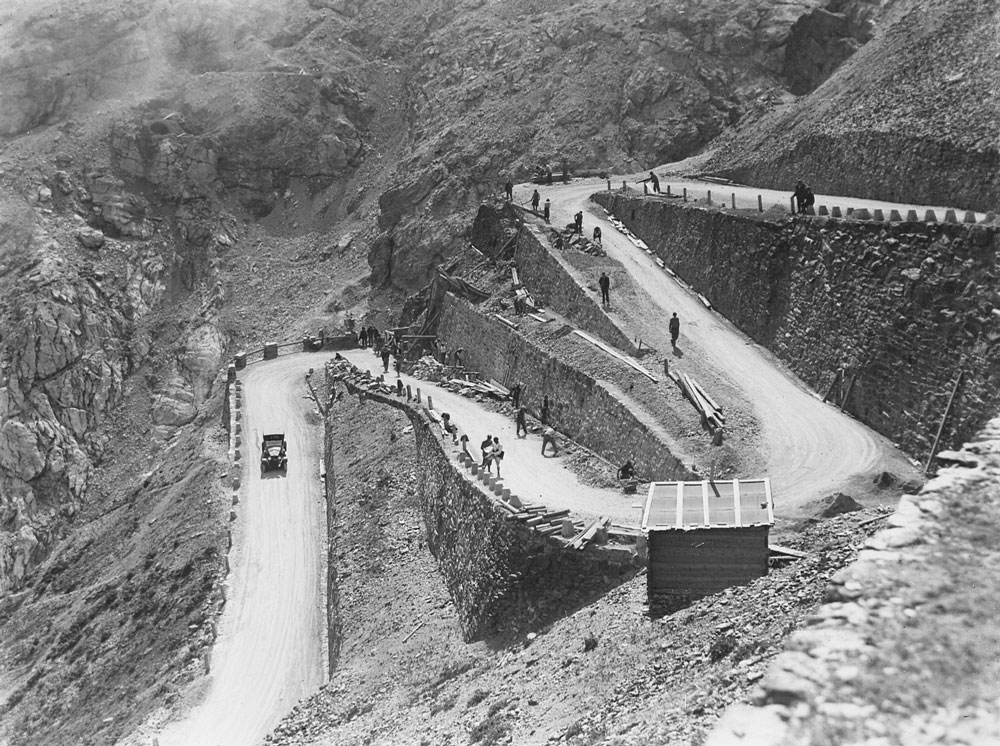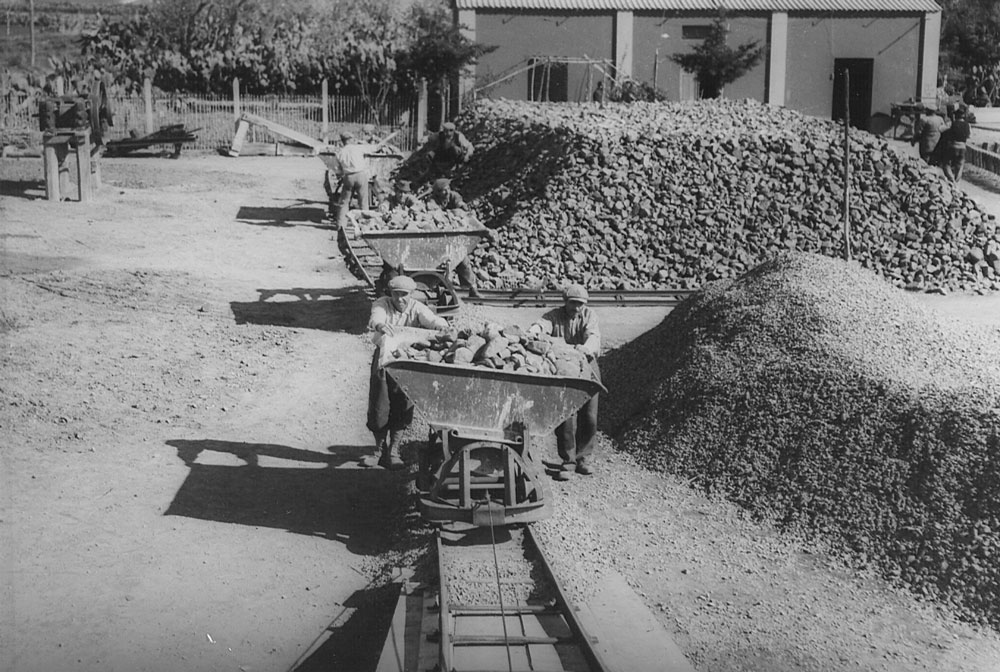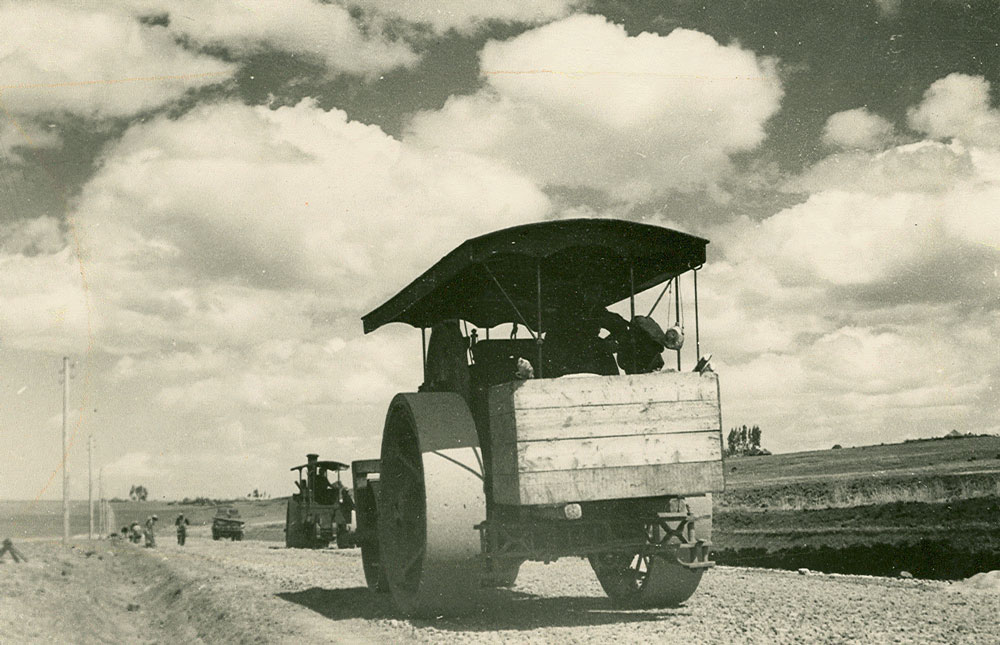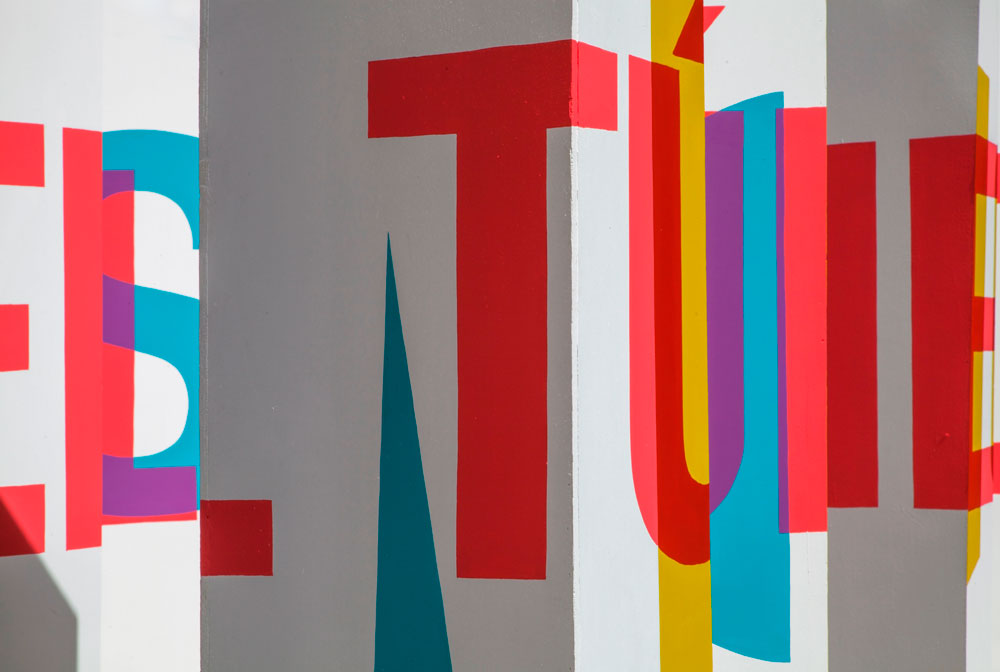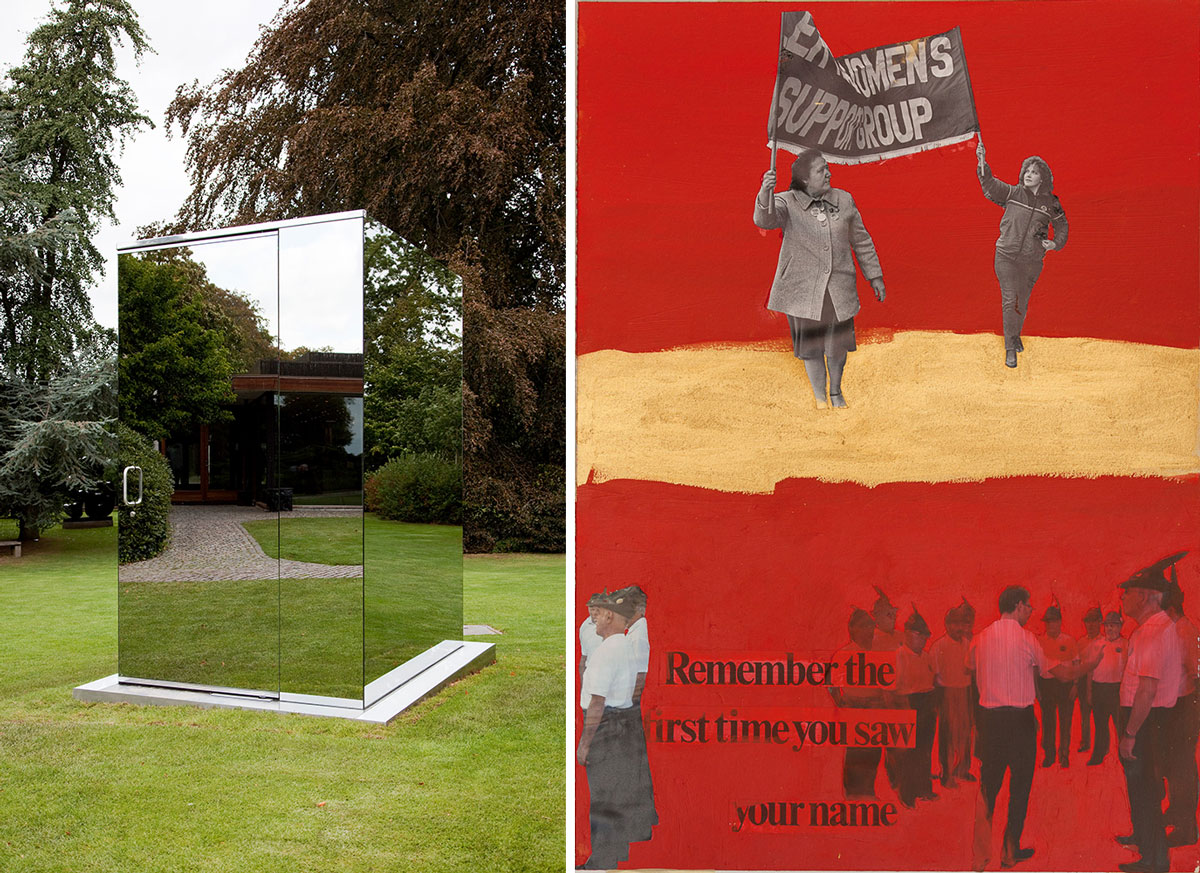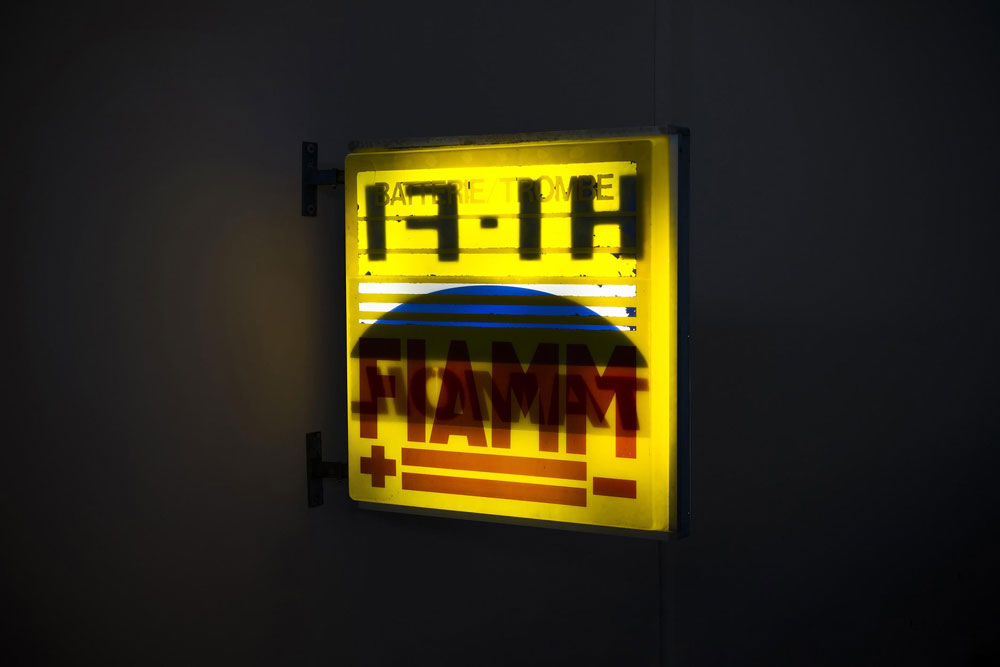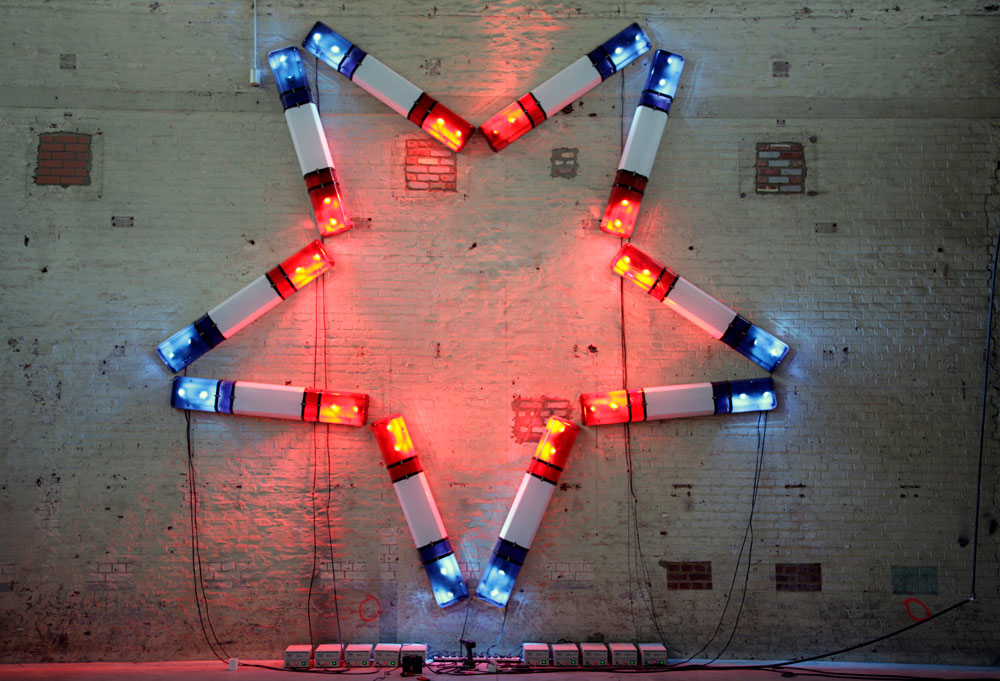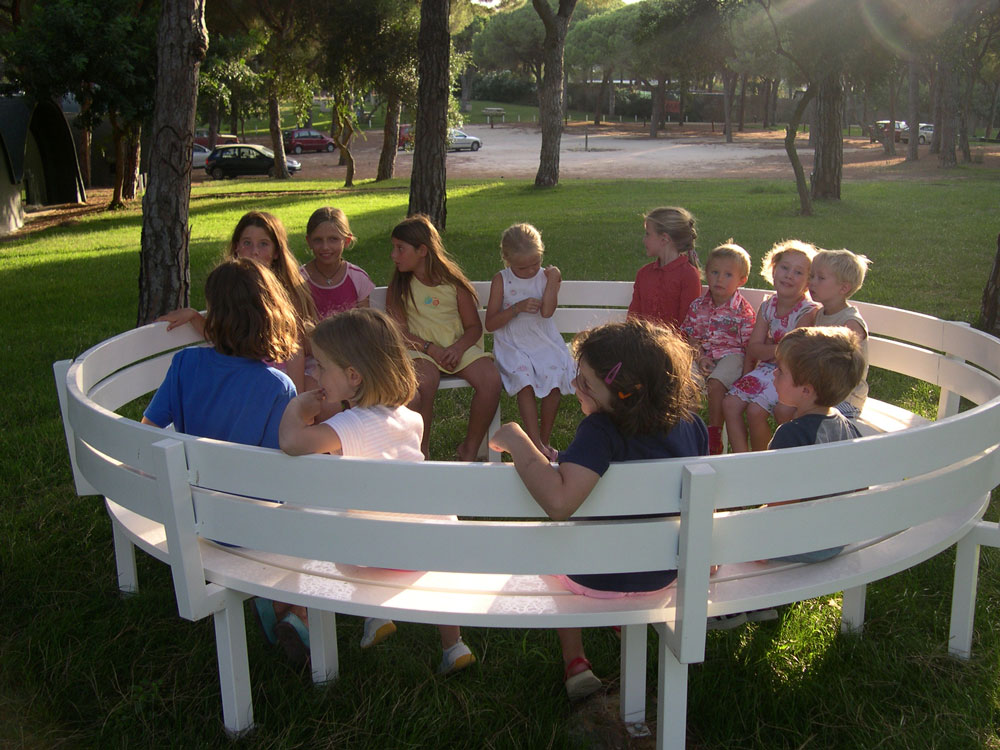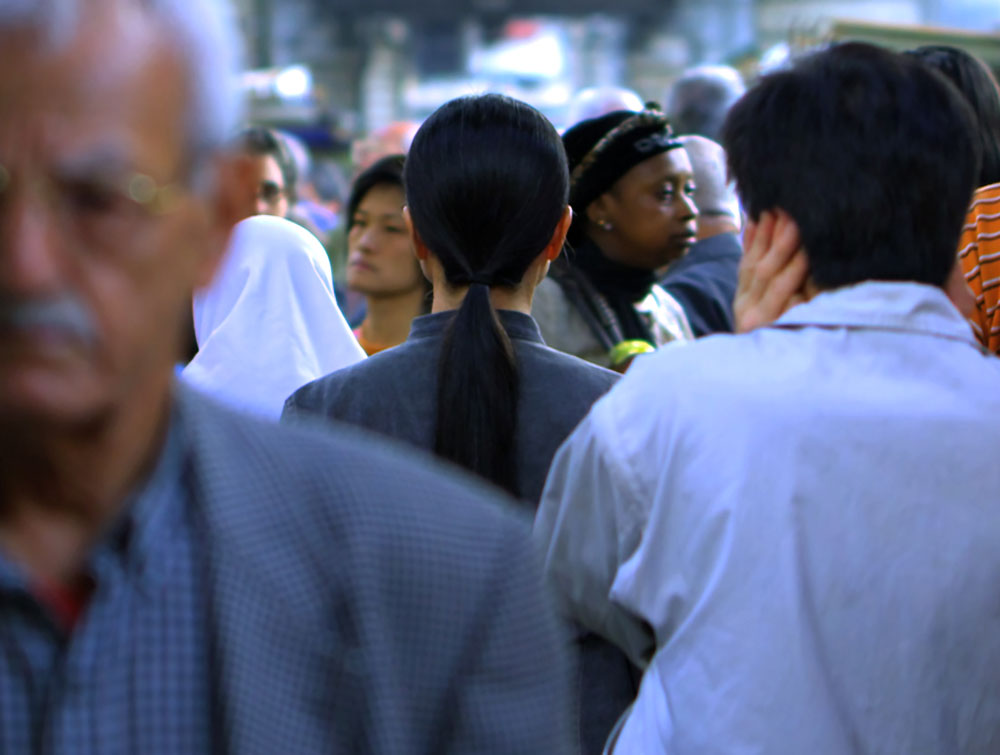ART CITIES:Rome-The Street,Where the World Is Made
 The exhibition “The Street. Where the World Is Made” gathers 140 artists and 200 works from all over the world and studies the constant, fruitful dialogue between the street – intended as a place where the public and private sphere interact and an instrument for the regeneration of urban space and the creative actions of artists, architects, urban planners and designers.
The exhibition “The Street. Where the World Is Made” gathers 140 artists and 200 works from all over the world and studies the constant, fruitful dialogue between the street – intended as a place where the public and private sphere interact and an instrument for the regeneration of urban space and the creative actions of artists, architects, urban planners and designers.
By Efi Michalarou
Photo: MAXXI Museum Archive
On the occasion of the exhibition, “The Street. Where the World Is Made”, the spaces of the MAXXI Museum have turned into open spaces where artistic interventions reveal critical and alternative ways of using the urban space, understood as a place where new forms of artistic creation, political demonstration, technological innovation and space sharing are activated. The sections of the exhibition focus on matters that are paramount for understanding the new functions and multiple identities of the street in the contemporary world: the historical analysis of theoretical and project proposals (Mapping), public actions (Interventions), political activism (Street Politics), daily life (Everyday Life), technological innovation (Good Design), communities (Community) and the role of institutions (Open Institutions). The street, where the world is made, is an ever-changing manifesto of contemporary life, an element of connection and a battlefield, a privileged standpoint from which to look at everyday life. MAPPING: The dialogue between what is planned and what is unplanned, what is built and what is unbuilt, comes up in all theoretical and practical analyses of the street. In this section, the mapping of theoretical research presents artistic, urban planning and architectural research all together. Within the contemporary vision, the rationalist utopia of the street as an element aimed at imposing order onto the urban space gives way to more recent verticalisation and superelevation projects, underpasses or futuristic crossings in contrast with the pre-existing built space. The architectural timeline Rethinking the City aims at showcasing more than a hundred years’ worth of architectural theories and projects linked to the theme of the street in the space of a few dozen metres. This reflection is accompanied by a parallel chronological analysis of the production of artworks linked to the concept of street – a new commission entrusted to Liu Qingyuan – and a selection of artworks that delve into the deepest meanings of the street in the contemporary world. INTERVENTIONS: Walking, playing and getting lost are some of the practices of choice of the research conducted in the ‘60s and the ‘70s. Contemporary artists have kept focusing on the street as the favoured setting for their interventions. From the most ordinary actions – such as walking – to the most complex dynamics – such as various forms of play –, urban paths have been the object of an all-around exploration. Artistic research has also studied the sense of bewilderment inherent in the urban context. In the globalised West, the public sphere has been overpowered by the private one: individualism has been increasingly characterising our sociality and interpersonal relationships. In this sense, artistic creation builds and reconquers spaces of expression, relation and contact. While artists take over the urban context, daily life osmotically seeps into their work through the inclusion of new materials, gestures, attitudes, themes and approaches. STREET POLITICS: The political phenomena whose natural setting is the street find expression through resistance, protests, the recent Occupy movement, feminist demonstrations and a carnivalesque approach to the overturning of power. Historically speaking, the street has witnessed the tensions that have characterised society at different levels, thereby turning it into an arena for very diverse protest movements. The exhibition showcases the artistic actions and studies carried out since the late ‘90s, reprising the discourse initiated in the ‘60s and ‘70s by the generation of artists and exponents of culture who took to the streets in order to share a new line of thinking and innovative creative models. Political activism is going back to the street, as is art and its multiple manifestations. This dedicated section gathers canvases and paintings, posters and bills, sculptures and installations, videos and performances so as to provide a complete overview of the artistic research conducted on this theme. EVERYDAY LIFE: The street is the setting of good part of everyday life. Multiple functions and identities are concentrated in this place, which is often both the object and the subject of artistic interventions: from work to commerce, from street food to the need of a house. By operating at the crossroads of public and private life as well as inside and outside spaces, artists and architects have also interpreted the street as an extension of domestic life; however, life in the street can also mean alienation and social exclusion. The works contained in this section show the more hidden side of the street, that which we don’t want to see and hide from; they do not recount what we would like the street to be or what it should represent, but rather show us what we come across in our daily itinerary. In the Western and westernised world, days are comprised of little habits: we work, eat, make purchases and exchange knowledge and consumer goods. GOOD DESIGN: So as to enable the street to fulfil its new functions, solutions characterised by and increasingly advanced design are to be devised; this phenomenon, which on one hand favours technological development, can also lead to limitations on personal and collective freedom. This section is conceived as a magnifying glass aimed at showing some aspects of the street in greater detail: from the large infrastructures that define the urban landscape through the small pieces of furniture that enable us to sit down and share collective spaces up to the new technologies that try to make us feel safer, faster and more connected. The Macchine d’artista (Artist’s Machines) area features projects dedicated to the invention that has been the protagonist of the street since the beginning of the 20th century, namely the car. In the last decade, the street has proven itself to be the ideal platform for testing technological innovation. The knowledge and approaches that have enabled the development of new modes and the achievement of environmental and social conditions have been shared by use of a two-way circuit that goes from top to bottom and vice versa. COMMUNITY: In contemporary society, the street plays a fundamental role in enabling the community to develop a shared identity and conscience, studying the line between public and private and delving into pressing issues such as immigration, minorities, diversity, interpersonal relationships and peaceful coexistence. In particular, migration has contributed to the undermining of the traditional model of public spaces that generally lack reception facilities and shelters. All tensions are taken to the extreme in the street, which has enabled it to become a permanent laboratory where the limits and features of the so-called minorities are redefined. The street is navigated, frequented and experienced by communities, and moulded by forces, such as globalisation, which have put marginalised subjects at the heart of public discourse. The wish for communality that characterises our daily life is a response to the complexity and harshness of our time. OPEN INSTITUTIONS: In the last decades, museums have turned into open institutions by incorporating features of the street and hosting experiences, works and studies born from the city or conceived specifically for urban design. The new identity of museum-street, which developed hand in hand with the transformation of the street into a museum, has made the identification of museums with places entrusted with the preservation of the collective cultural heritage ever more labile. Today, museums are open spaces for sharing where events leading to constantly changing processes take place and artworks are no longer featured. Contemporary open museums stem from the questioning of their institutional prerogatives, such as the principle of authority, the regulatory function, the idea of canon and claims of neutrality. This reflection has led to a more mindful understanding of the limits and contradictions of museums based on dialogue with the audience and the questioning of shared meanings.
Info: Curators: Hou Hanru and the curatorial team of MAXXI, MAXXI – National Museum of XXI Century Arts, Via Guido Reni 4A, Rome, Duration 7/12/18-27/4/19, Days & Hours: Tue-Fri & Sun 11:00-19:00, Sat 11:00-22:00, www.maxxi.art
